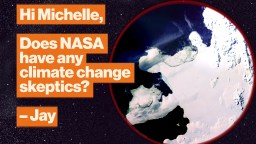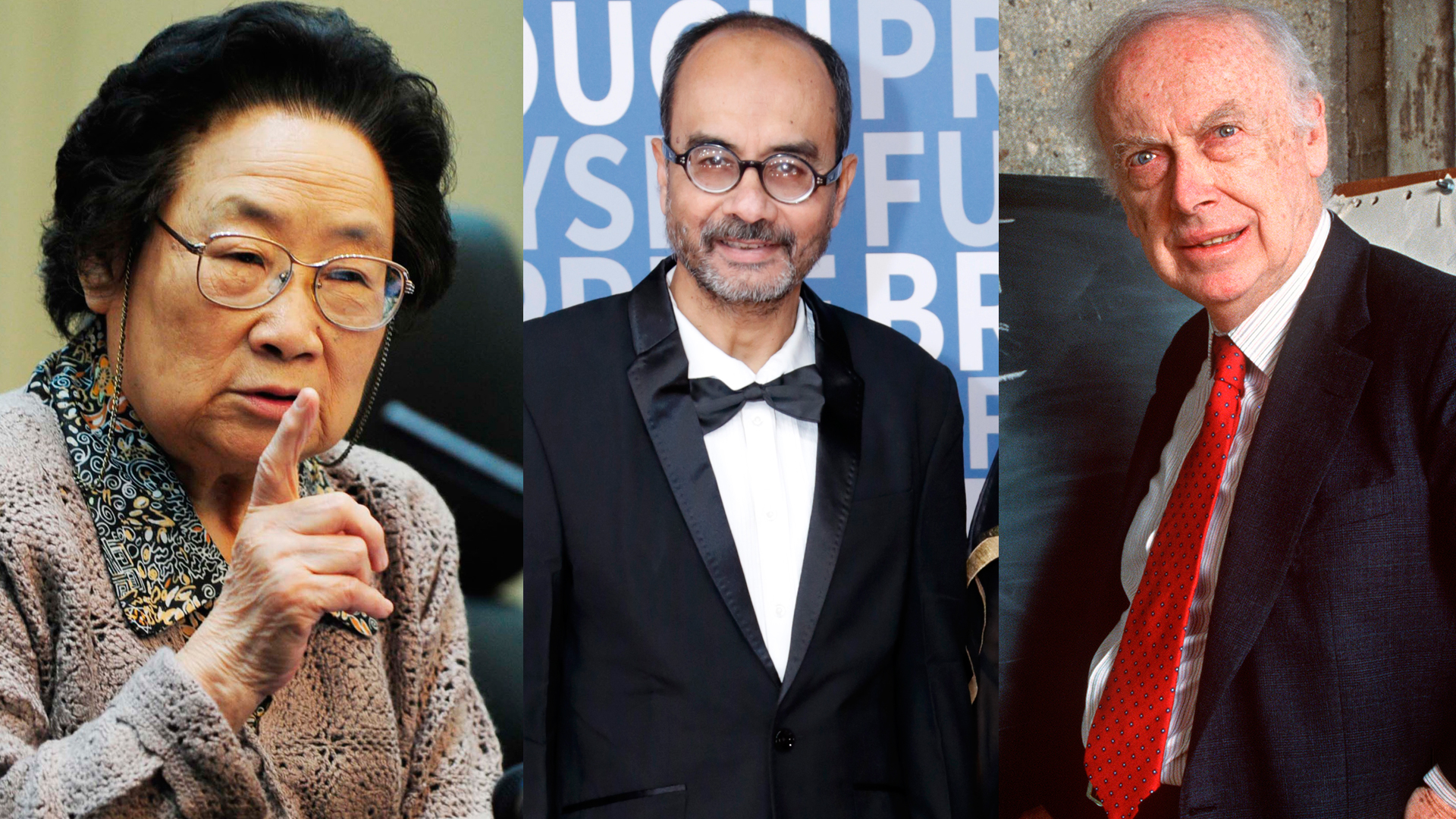scientist
A primer on the infinite of knowledge waiting to be learned.
The most influential contemporary scientists and their accomplishments.
An Australian dog was accepted to the editorial board of numerous scientific journals and asked to peer review papers.
The world’s most populated country has had its fair share of great minds. Here, we take a quick look at ten thinkers you might not have thought about.
Irish scientists make an unexpected discovery about light by devising a new experiment.





